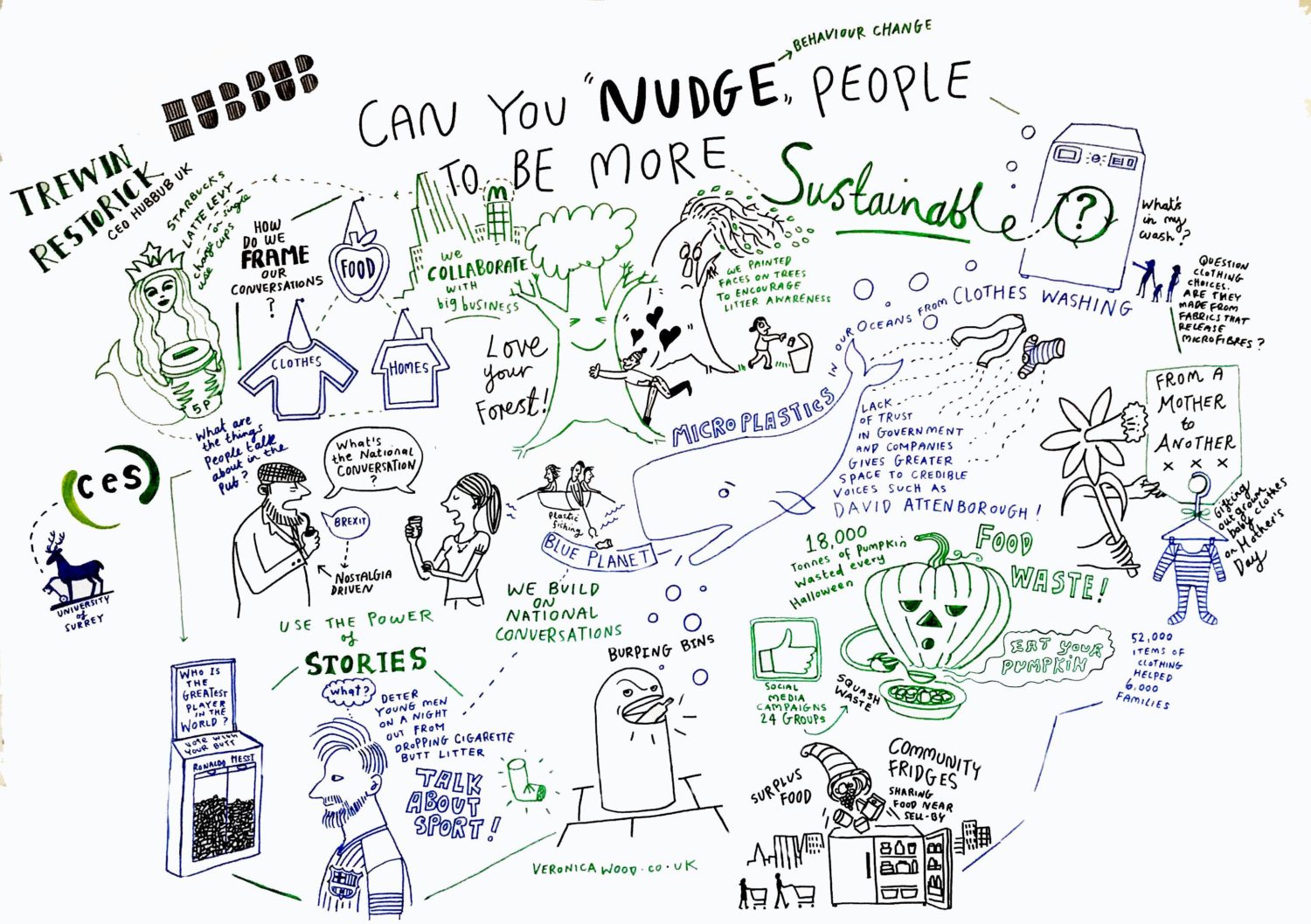Oslo is this year’s Green Capital of Europe. A showcase of sustainability, the city’s blue-green structure is on display for Europe’s urban leaders to demonstrate how cities can transition toward a better future. With a slick, clean look Oslo consists of numerous examples of ecological and economic sustainability. A city with energy efficient infrastructure and effective waste management, it is a brilliant environmental exhibition nestled between the fjord and the surrounding forest. But what lies beneath the image we see? There is not much discussion of how all of this happened.
Where is there a demonstration of the city’s social sustainability? Key to sustainable development is people’s participation in the municipality’s decision-making and practices.
Social sustainability can be succinctly described as the ability for society to sustain and reproduce itself according to its form of community. Embedded within this concept is the role of public participation to foster collaboration between citizens and other stakeholders in urban environments.
Citizen participation is a term that is frequently mentioned in sustainable development circles. In this context, participation is discussed as a demand from ordinary citizens. In an ideal sense, participation can and should facilitate all stakeholders in planning processes, whether it pertains to area plans or vision building. Main stakeholders in this context can be “(…) property developers, public planners, sectoral authorities and politicians” (Knudtzson, 2018).
Beyond the usual suspects involved in urban development, a key stakeholder with invaluable insight for development are the future users (citizens) of planned and ongoing projects. Involving users in sustainable urban development ensures that social sustainability can be achieved in the long-term. There are a few examples elsewhere in Europe where social sustainability is thriving to the credit of municipal and community actors. Ekostaden Augustenborg in Malmo is a case where the municipality took the role of stakeholder participation seriously, especially in the case of residents, and constructed a project that is not only infrastructurally, but also socially robust. Transition Town Totnes is a grassroots initiative in Totnes, United Kingdom that is building a community along ecological principles that is community-led and socially sustainable.
We don’t only have to look elsewhere to see where community engagement is taking place. It is happening right here in Oslo. Enebakkveien 37 is a grassroots housing cooperative located in Gamle Oslo that was commissioned by the municipality in 2004 as a pilot project to practice a way of living that embodies ecological, social, and economic sustainability. Kulturhuset Veitvet is an example of private, municipal, and community actors coming together around a common purpose to form a strong community fabric. The kulturhuset is a rehabilitation of Norway’s oldest shopping mall into a community center and a multi-functional space. In terms of who is involving citizens, Bydel Bjerke is a local development office in Oslo that is already doing great work with participation in Groruddalen.
Groruddalssatsingen. (2016, December 16). Snakk sammen, skap sammen! [Video File]. Retrieved from https://youtu.be/sHMdBrfqpT4
Involving people can be hard, but crucial for creating socially sustainable communities. Citizen participation requires work and priority from the city officials. Here are three action points to engage citizens:
- Make it easy to participate. Facilitate workshops and conduct meetings with citizens in their neighborhoods. Give sufficient notice and arrange for a time that is accessible for all interested parties.
- Reach out to marginalized groups. People that usually do not have a voice in the political system should also have a voice. Target immigrant groups, youth organizations and the elderly.
- Delegate political responsibility. Rather than giving citizens the option of yes or no to solutions; get feedback, evaluate, and co-create ideas with citizens who participate
Participation is as simple as listening to the voices in your community and keeping them sufficiently informed. An urban development that is sustainable will remain sustainable if the people who will use it are involved.
Authors: Andre Helgestad, Ørjan Furnes, Antony Martel

